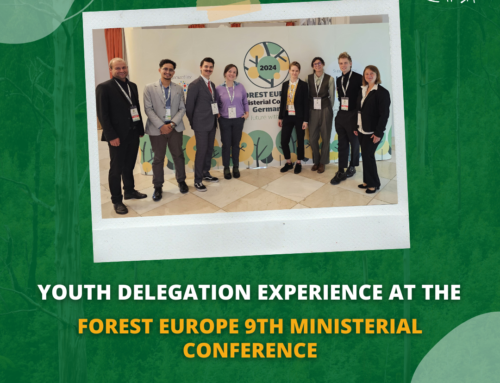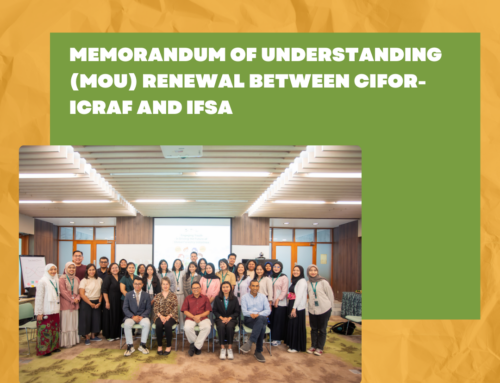GLF Climate: Frontiers of Change
A report by the IFSA Delegation
Author: Yeji Lee, Aditi Mishra
Introduction
The Global Landscapes Forum (GLF) is the world’s largest knowledge-led platform on integrated land use, dedicated to achieving the Sustainable Development Goals and Paris Climate Agreement. The Forum takes a holistic approach to creating sustainable, productive, prosperous, equitable, and resilient landscapes. It considers five cohesive themes of food and livelihood initiatives, landscape restoration, rights, finance, and measuring progress. It is led by the Center for International Forestry Research (CIFOR), collaborating with its co-founders, the United Nations Environment Programme, the World Bank, and Charter Members.
Eight in-person and Sixteen online delegates from IFSA attended the GLF Climate virtually and in person at the University of Glasgow from 5-7th November 2021. The GLF brought together 400 experts to discuss three other ways to mitigate and adapt to climate change and achieve the SDGs: forest conservation and restoration, food system transformation, and the expansion of sustainable finance in the global economy. A core theme of the event is that people’s health and the planet require collective actions, individual behavioral changes, and enabling and enforcing government policies and investments that place nature and people first.
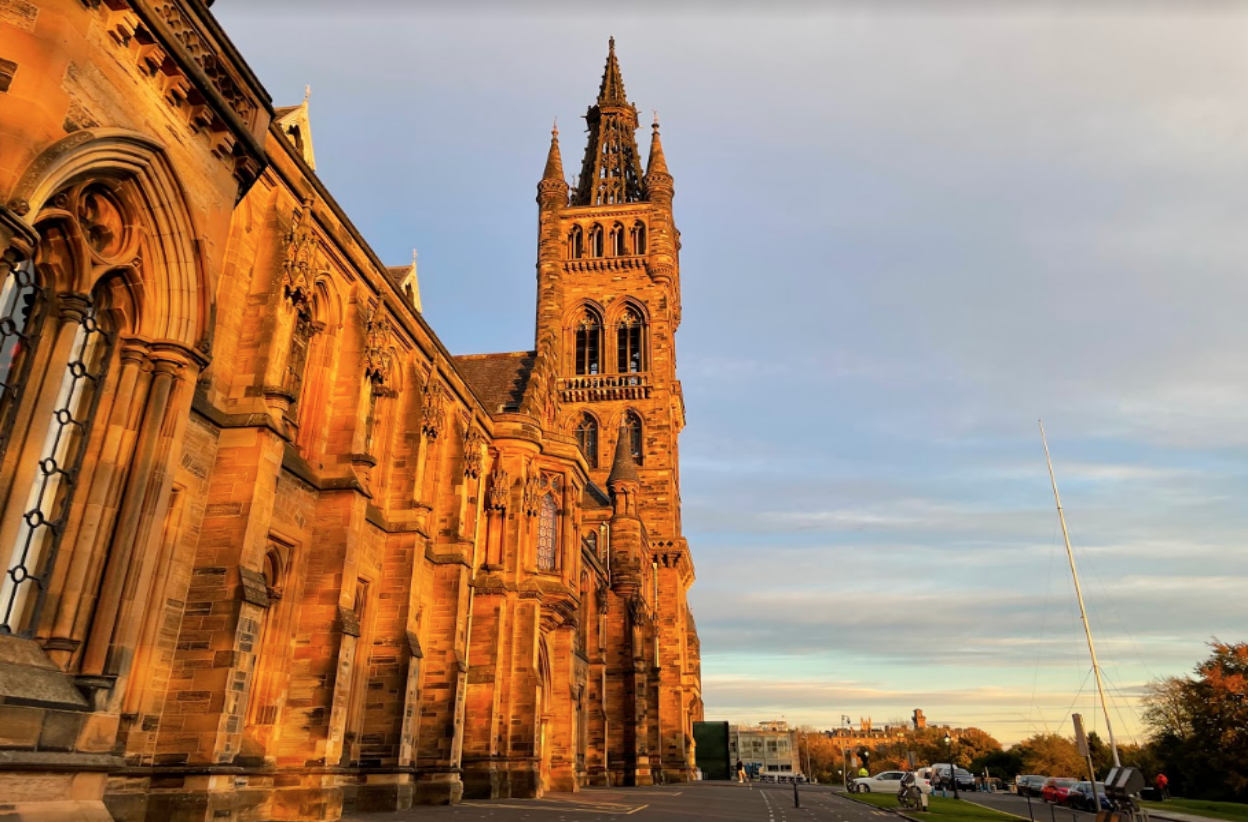
Forests: conservation, management, restoration
Bringing collapsed, low-biodiversity ecosystems back to a level of diversity that resembles their original resilient state can reach positive tipping points for forest restoration. As the emphasis on forests’ role in mitigating climate change increases, pledges for forests are escalating- the commitment to end deforestation by 2030 is USD 12 billion in public funds. However, we need to build knowledge about forests’ adaptation potential of the multiple values of forests beyond storing carbon. Adopting intricate connections and interdependencies between people, forests, and other land uses can maximize the contribution of forests to a proximate agro-ecosystem, account for trade-offs, and enhance biodiversity outcomes at scale.
Also, the speakers highlighted the importance of recognizing and integrating the contributions of Indigenous Peoples and Local Communities (IPLCs) as they are the guardians of forests. However, IPLC territories are increasingly vulnerable to land-clearing threats from commercial agriculture, other extractive industries, infrastructure, and development projects. The increased intensity and frequency of climate-related anomalies also challenges Indigenous and local knowledge (ILK) enormously. A delicate weaving of ILK and scientific expertise, recognizing IPLCs as long-standing custodians of biodiversity, and engaging them into decision-making spaces are crucial to tackling these challenges. Direct resources to empower communities and develop the capacity of existing local institutions can bring more indigenous engagement.
There was abundant support for initiatives that recognize and develop livelihood opportunities that restore or sustainably use the local resources based on social-ecological resilience. These included: the Integrated Community Forest management approach; introducing agroecological practices; improving market access for pro-environmental commodities; and integrating trees at the farm and landscape level to address soil erosion, flooding, soil fertility, and farmer-herder conflicts. Such actions must be embedded in social realities and center the agency of local farmers, communities, and decision-makers.
Foods: rethinking agriculture for a nourishing, climate-smart future
The message that resonated clearly throughout the sessions on food was that “The global food system is broken.” The way we use our land to produce food and other goods and services is responsible for only under a quarter of all anthropogenic GHG emissions, 90% of deforestation, and nearly 70% of species loss. The challenges are interlinked. In a nutshell, unsustainable production is driving climate change, making food production unreliable in time, and making us think we need to produce more food to feed a growing population. Or do we? We already know that we need to improve food distribution and reduce food waste in many cases.
Transforming the global food system requires fundamental changes throughout supply chains. With cautious hope, most of the speakers agreed that the means for creating a climate-smart food system are well within our reach. Still, they’ll require consistent effort at multiple scales—for instance, state intervention to markets and an estimation of the value of nature itself.
Other sessions stated a more bottom-up, integrated food system approach based on social inclusion and environmental justice. Experts were consistently advocating for farmer-managed natural regeneration and regenerative agriculture as keys to bridging the conservation and food security gaps. Implementation needs to happen both quickly and carefully, placing equity and justice at the center, with IPLCs engaged at every step of the way.
Finance: ‘greening’ funding flows for nature-based solutions
On the third day of the conference, The GLF held its fifth Investment Case Symposium, which aimed to promote nature-based solutions (NBS) and sustainable land-use approaches in green finance practices. The message throughout the day was clear: there must be a systematic change in the finance scheme to address the climate crisis through NBS and take an approach that includes opportunities in green finance.
However, there were some concerns about distribution, capacity, risk, and return on investment. One crucial concern was ensuring funding reached IPLCs and local-level actors. This concern is worsened by limited technical and administrative capacity within rural communities, which often struggle to satisfy all the criteria required by international funding agencies. To that end, intermediary brokering organizations can help bridge the gaps between local, national, and international actors. Contextualization is fundamental for designing and funding projects. Systematizing key processes and developing basic rules and methods would help strengthen transparency and accountability.
While distribution in terms of funding is significant, it is not the only challenge. Some domains within the umbrella of sustainable development have been chronically under-funded. Mitigation currently receives 90% of the total climate finance, while adaptation only receives 10%. FAO and CIFOR-ICRAF aim to correct this by integrating forest and trees into adaptation plans, raising awareness of the multiple inherent values of forests, and through this supporting forest resilience.
As local communities drive for adaptation needs, the private sector and finance scheme are increasingly commiting to financing socially and ecologically sustainable projects through financing green and greening finance. Carbon markets, sustainable finance, public-private partnerships, and environmental, social, and governance funds are among the tools available to help build on the money governments have pledged to fight the climate crisis over the coming decades.
Sustainable value chains are critical to support food security while preserving natural ecosystems. However, unsustainable commodities production is still a significant source of deforestation and biodiversity erosion. Therefore, The GEF is financing a new global initiative, the Food Systems, Land Use, and Restoration (FOLUR) Impact Program to address this global issue.
Delegation Experience
Online Delegation:
Sixteen online delegates from IFSA had a chance to attend GLF Climate virtually and gain knowledge on various topics that they are interested in. They regarded the sessions as engaging and relevant to today’s society. Delegates learned about the recent challenges in the forest, the possible solutions, and the positive tipping points.
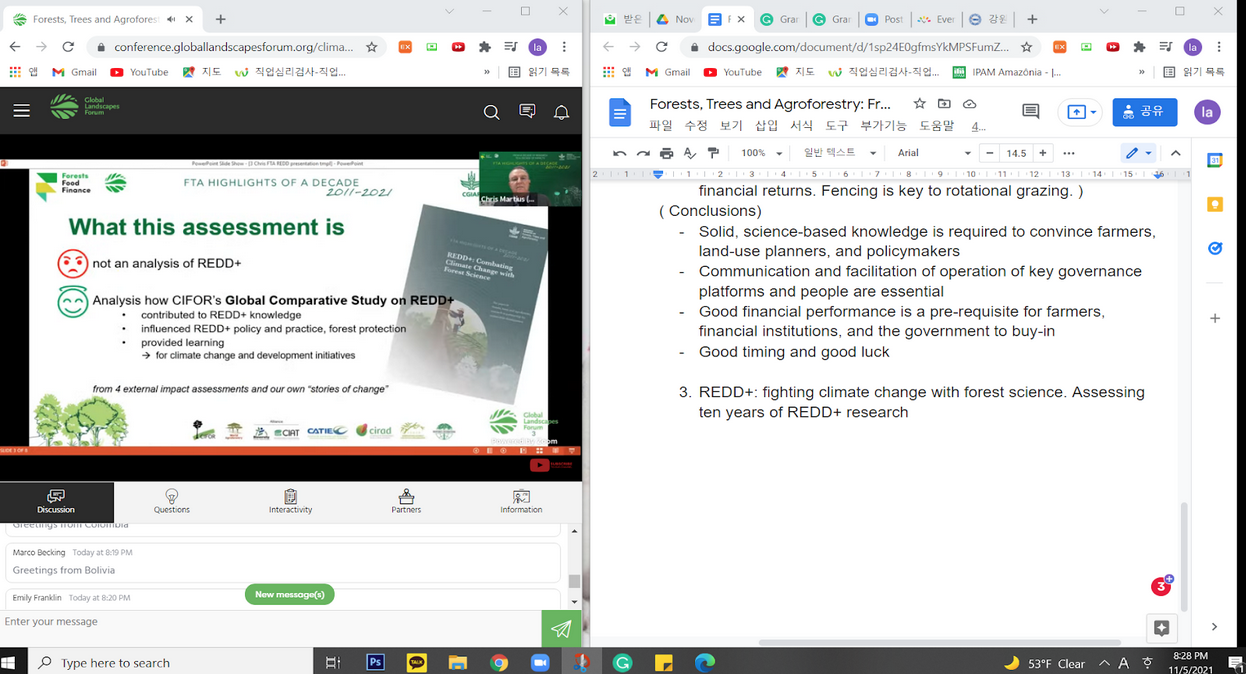
In addition, the participation process in the hybrid event was easy for most of the participants. Overall, they said it was a meaningful opportunity to widen their view in forestry, and they want to participate again in other events as an IFSA Delegate.
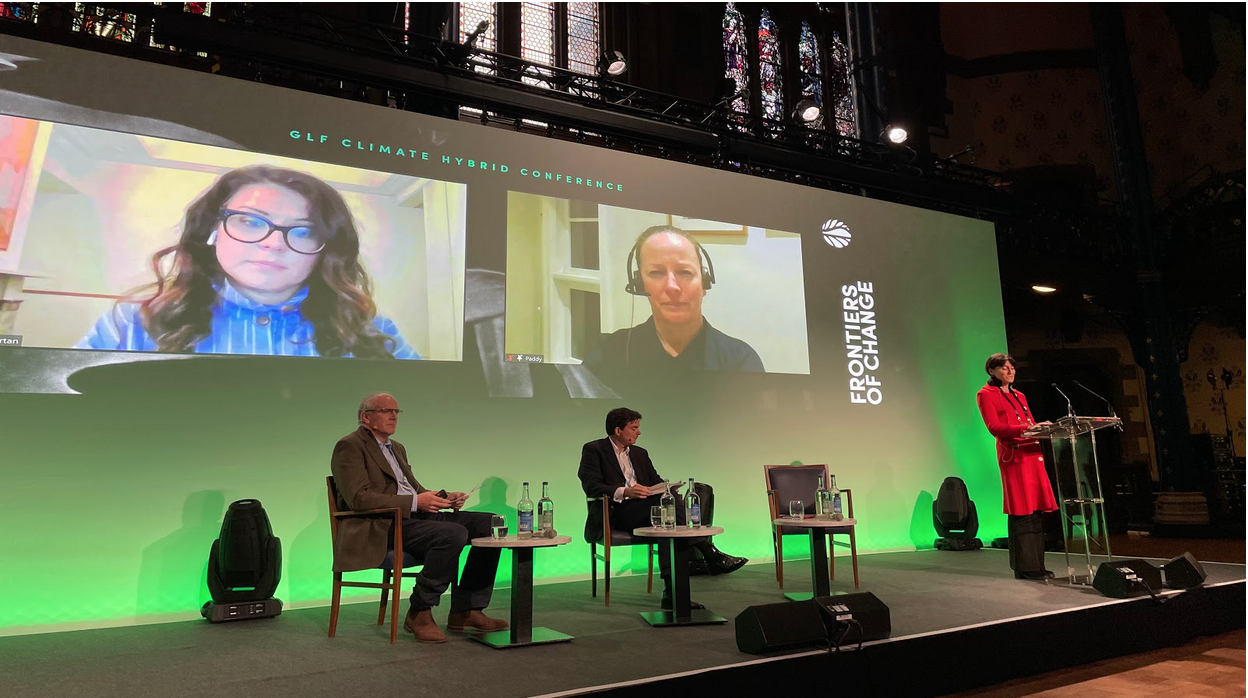
In-person delegation:
Eight delegates from IFSA attended the GLF Climate event in person. It was a great learning experience for everybody to hear from eminent speakers and know how they contribute to their respective fields towards environmental prosperity. It was quite inspiring to hear from young people actively engaged in conservation practices. Several indigenous youths try their best to have their voices heard through such platforms. The sessions like Climate Cafe made an effort to address the struggles of the young people regarding climate change. It provided a space for youth to share their thoughts on the topic.
Apart from attending the event, the delegates were also offered opportunities to facilitate and moderate some sessions.
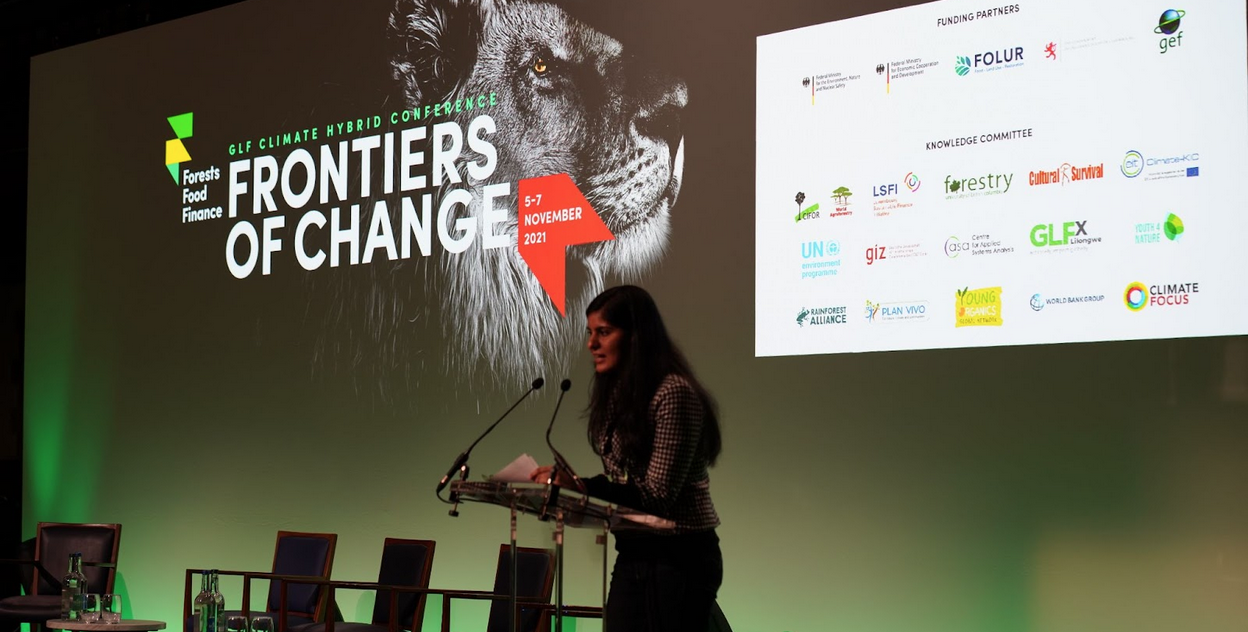
The GLF Climate Event also witnessed participation by some IFSA alumni. It was a place to discuss interesting stories from the past and connect the former IFSA members with the upcoming generation. The informal reception session after the event consisted of a gathering of individuals from different spheres eager to contribute towards a common goal. The delegates had an opportunity to network and connect with them.
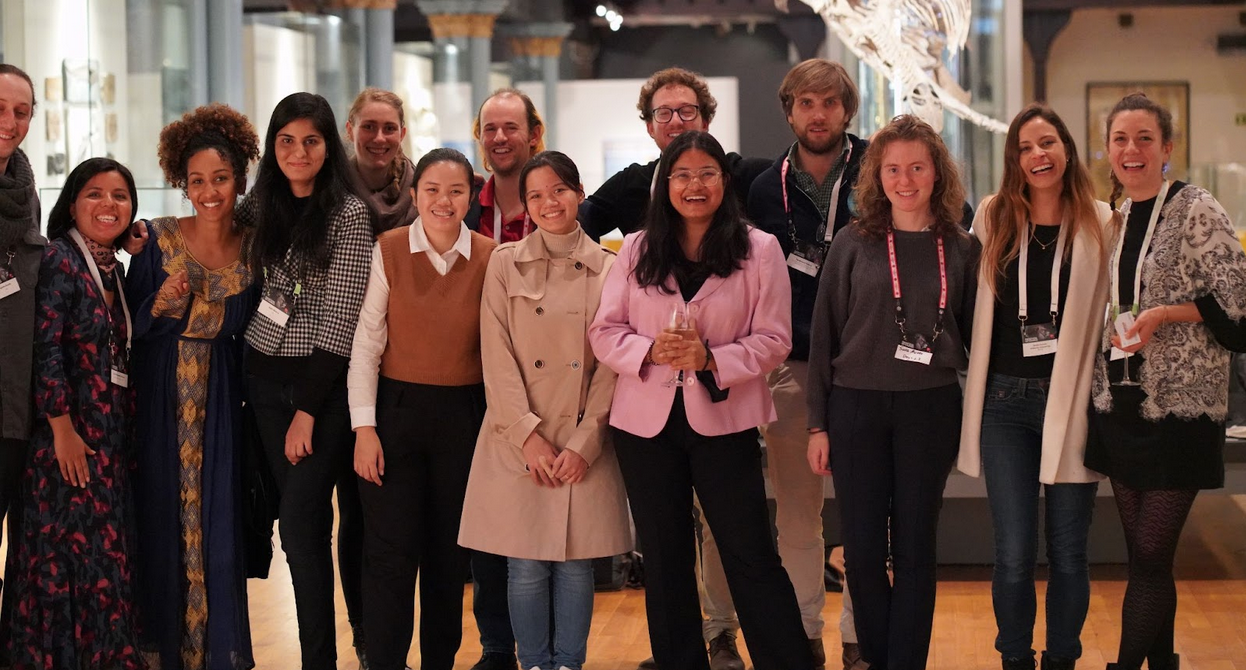
Conclusion
GLF Climate was framed around the positive tipping points derived from forests, food, and finance – but much of the discussion across the three days centered on what humanity can do to correct past actions. Transformational change is required, particularly in the food system, managing forests, and distributing finance.
To sum up, a wide range of solutions was identified at the conference that can positively contribute to climate resilience, inequity, and the biodiversity crisis. The key message was that we already know what we need to do in many cases. The challenge now is transforming pledges into action and potential into reality.
GLF Climate Outcome statement:
https://www.globallandscapesforum.org/publication/glf-climate-2021-outcome-statement/

Visit our recently launched podcast episode on “GLF Climate: Back to In-Person Events”

